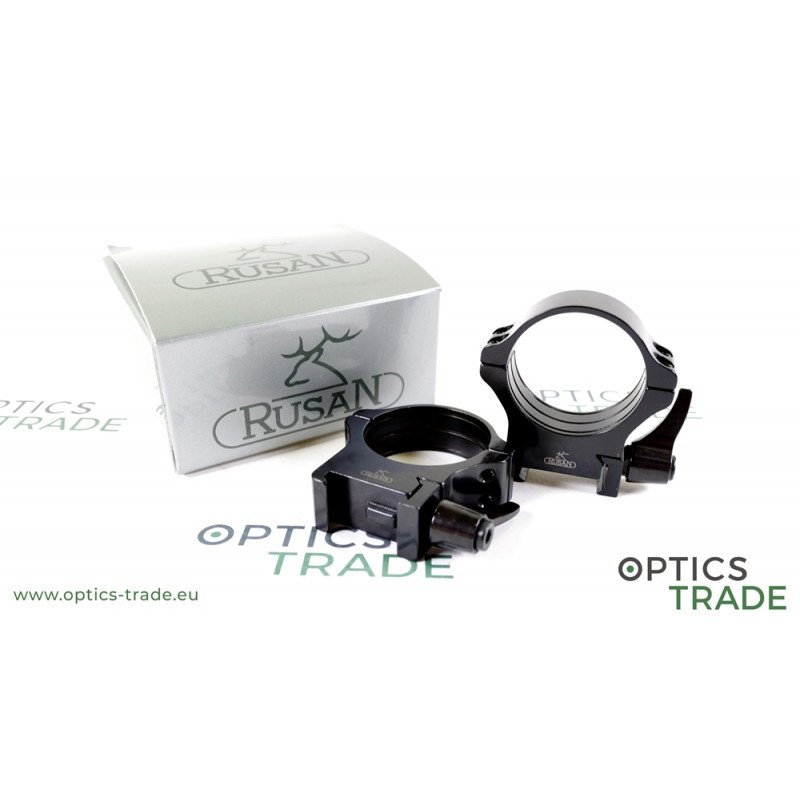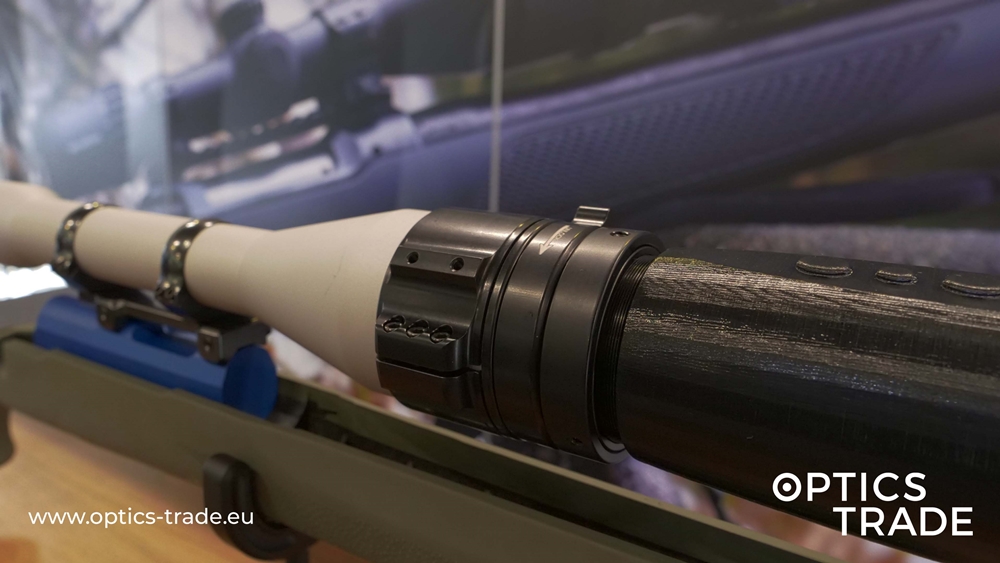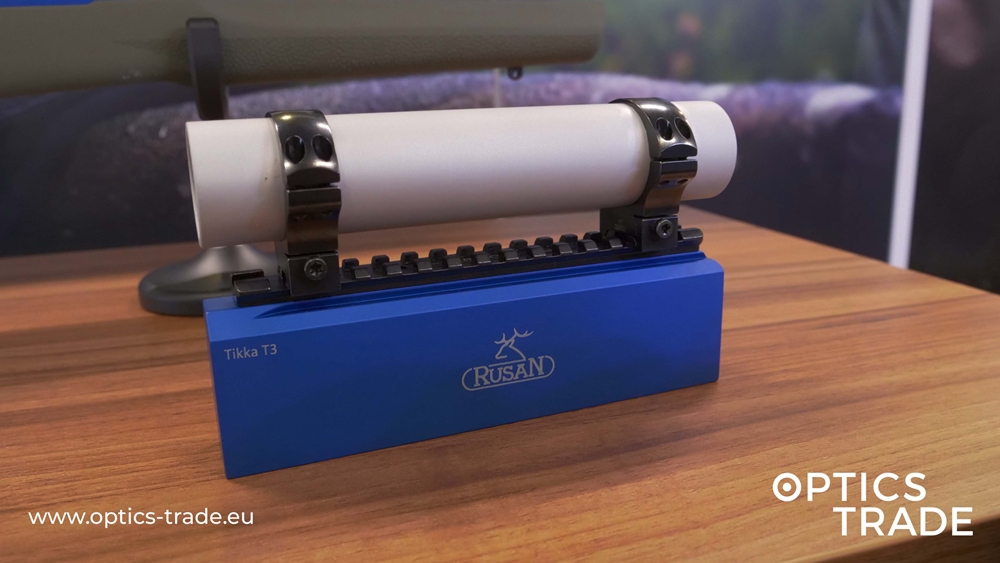Picatinny VS Weaver scope mount
Hello and welcome to another Optics Trade Debates video. Today’s topic of discussion is Weaver and Picatinny rings, a separate category of products available on our webpage.
You can watch our video with more information about Weaver and Picatinny Rings
First, let’s explain why a separate category is needed in the first place. These rings are a very common purchase, so it made sense to create a separate page for easy access.
Picatinny, Weaver style base
Even though there are a plethora of mounting solutions available on the market, nearly all are based either on the Weaver or the Picatinny standard.
Since we have over 800 products in the scope category and they go on different mounts, the Weaver and Picatinny rings are not only popular among the users but the manufacturers as well.
Are Picatinny and Weaver the same?
It’s time to outline some of the basic differences between the two standards. A good starting point would be watching our Optics Trade Debates video, where we described the differences between the Weaver and Picatinny rails. The main one is the spacing of the slots.
Picatinny has slots evenly placed exactly at 5.23 mm from one slot to another, 3 mm deep. A rail that has slots continuously spaced out all over its surface is a Picatinny rail.
In contrast, the Weaver rail has the same profile but only a couple of slots in the middle of its rail surface. The slot width is only 3.8 millimetres.
That should make it easier to understand the difference between Picatinny and Weaver rings. The most important one is definitely the recoil stopper. The recoil stopper in Weaver rings is 3.8 millimetres wide, while the one in Picatinny rings is around 5 millimetres wide.

Difference between Weaver and Picatinny
Let us go in more detail. With Picatinny rings, the notch part that goes into the slot is 5 millimetres wide and therefore fits perfectly with the 5.23-millimetre slot on the rail. The fit is snug enough so that the rail cannot move, either backwards or forwards.
But because the recoil stopper is around 5 millimetres wide, it obviously won’t fit into a 3.8-millimetre wide slot on a Weaver rail. So basically, Picatinny rings with a 5-millimetre recoil stopper do not fit onto the Weaver rail but are of course compatible with the Picatinny one.
Do Weaver rings work on a Picatinny rail?
We could say that the Picatinny standard is a step forward from the Weaver standard. On the Picatinny rail you can mount both the Picatinny and the Weaver ring.
Weaver rings have recoil stoppers that are 3.8 millimetres wide and also fit on a Picatinny rail. However, it’s important to note they’ll have a little bit of extra space since they’re not as wide. That means that when you put them on a Picatinny rail, you always have to press them so that they sit on the wall of the slot towards the target. (The reason for that is that when the user shoots, the recoil pushes backwards and the scope wants to move towards the target.)
Weaver scope rings
The Weaver rings are usually also really small and don’t take up as much space. The Picatinny rings, on the other hand, are bigger and cover the entire width of the Picatinny rail.
Our customers often wonder if mounting a Weaver ring (that has a narrower rail) will present a problem when attached to a Picatinny rail instead. The answer is simple: it won’t.
While it is true that Picatinny rails are more advanced in comparison to Weaver ones but both mounting solutions are very reliable. Still, many customers may prefer the more expensive Picatinny options since they are made extra robust.
Some Weaver rings only feature a screw that is rounded at the bottom or they might have no recoil stopper at all. That’s why some Weaver rails have no recoil stopper locks. You can mount those Weaver rings where there is no slot on the rail.

Recoil stopper
For added practicality, a recoil stopper can be manually removed from the ring. By doing so, it is made possible to mount the Weaver ring on a rail that otherwise wouldn’t be an appropriate mounting solution. As we already explained, you will be able to mount these no-recoil-stopper rings where there is no slot. All of the rings, where the customer can use two screws and remove the recoil stopper, are of the Weaver type.
However, using a heavy-kicking rifle with a Weaver ring that has no recoil stopper and is mounted on the part of the rail that has no slots is highly inadvisable. The substantial recoil would start to move the scope towards the target.
Indeed, recoil stoppers are a very important feature when using centrefire rifles with bigger calibres and strong recoil. Not only that you need a recoil stopper, but the rings also have to be placed into slots of the rail – no matter if it’s a Picatinny or a Weaver one. (But of course, thanks to the slots that are placed throughout its entire length, this time the Picatinny rail should be the obvious choice.)
Conclusion
Weaver rails are on a decline that will only continue in the foreseeable future. With that, a similar fate awaits Weaver rings. But for now, they are still produced in large quantities thanks to their versatility. All Picatinny rings have a wide recoil stopper that simply won’t fit on a Weaver rail.
This brings us to the end of today’s discussion. Thank you for your attention. Please like and share this video if you found it informative. If you’ve got any questions left, submit them through the comment section below. Don’t forget to subscribe to our YouTube channel for more content like this. See you next time.
Products mentioned:
Weaver/Picatinny Rings: https://www.optics-trade.eu/en/mounts/weaver-picatinny-rings.html
Mounts: https://www.optics-trade.eu/en/mounts.html





